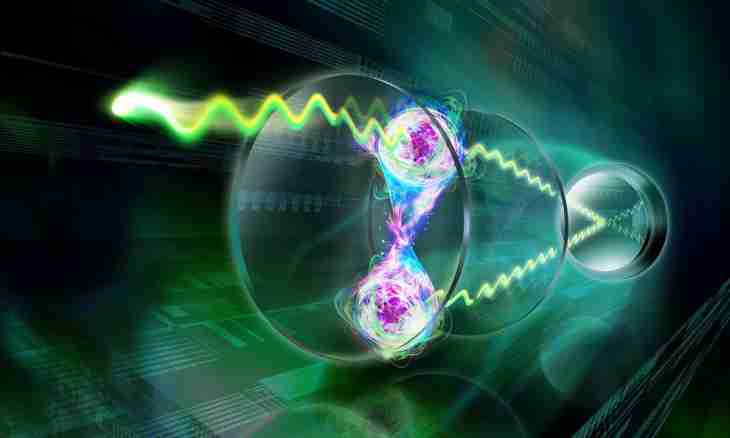The physics is the science studying fundamental regularities of a material world, describing by means of laws of property and the movement of matter, a natural phenomenon and its structure.
Instruction
1. The fundamental science (in a general sense) is the science describing the world around by means of theoretical and pilot studies of the scientific phenomena. Since ancient times the scientists were interested in emergence of such natural phenomena as a thunder, a lightning, etc. It gave rise to physics as to the science demanding scientific proofs and experiments. The physics is based on the facts demanding skilled proofs and registering in the mathematical way. Presently the physics is divided into 3 sections: macroscopic physics, microscopic physics and physics integrated with other sciences.
2. The macroscopic physics includes: mechanics which studies mechanical motion of material bodies and the interaction happening at the same time; the thermodynamics studying properties of the macroscopic systems which are in a condition of thermal balance; the optics studying laws of light and electromagnetic waves; the electrodynamics explaining the nature and properties of electromagnetic fields.
3. The microscopic physics includes atomic, statistical, quantum, nuclear physics and also physics of the condensed environments and elementary particles. The atomic physics studies atoms, their building, the properties, processes happening at the atomic level. The statistical physics is devoted to studying systems with infinite number of degrees of freedom.
4. Rise to quantum physics was given by laws of quantum mechanics and the quantum theory of the field which allow to study properties of kvanto-mechanical and kvanto-field systems. Nuclear physics - the science studying nuclear reactions, structure and properties of atomic kernels. The physics of the condensed environments studies behavior of systems with big degrees of freedom and strong connection. The physics of elementary particles, or subnuclear physics, is devoted to elementary particles, their properties and interaction.
5. The physics can also close adjoin to other sciences, such as geology, mathematics, biology, chemistry, etc. Also there was an astrophysics which developed on a joint of astronomy and physics, studying the physical phenomena of astronomical objects; the computing physics mathematically solving problems of physics; the biophysics devoted to physical processes in biological systems; the geophysics studying the structure of Earth by physical methods and many other industries.
6. All these sections make physics, doing it by fundamental science about the nature and the phenomena without which presently not to do. On laws of physics all our world is built, the equipment and electronics develops, the cities are under construction.

